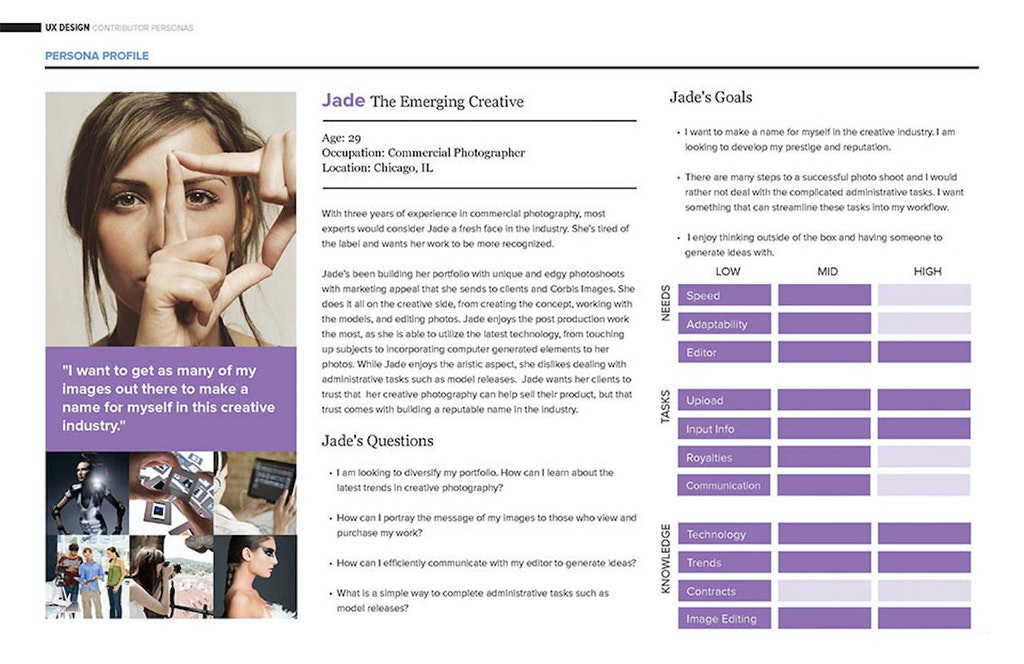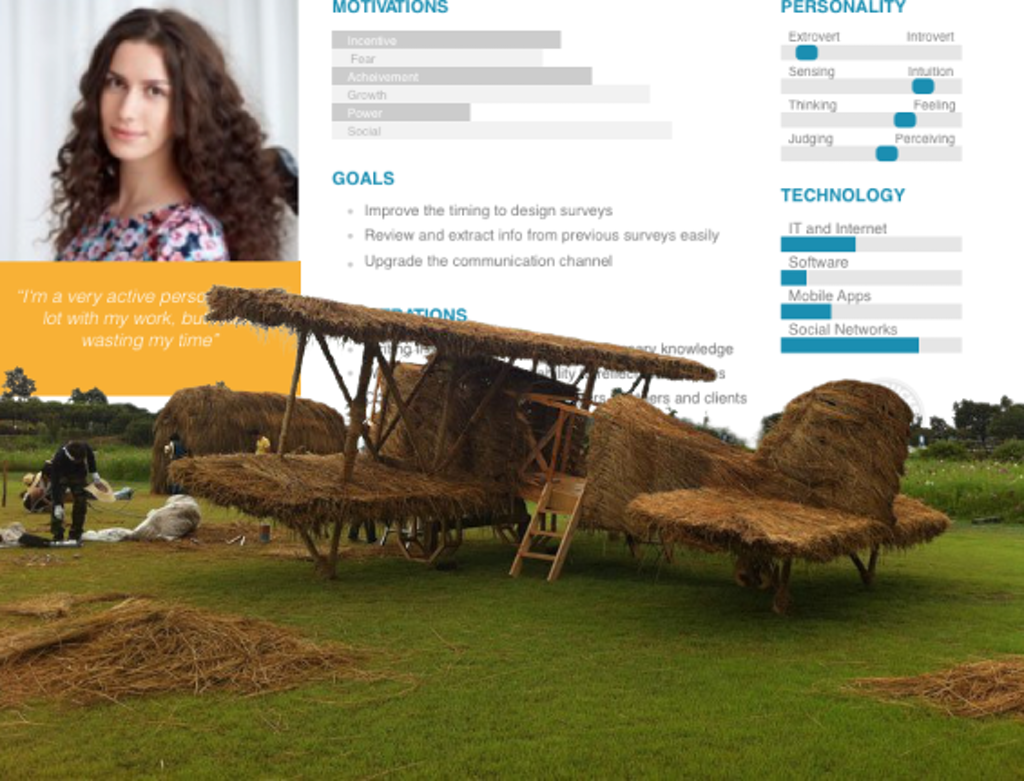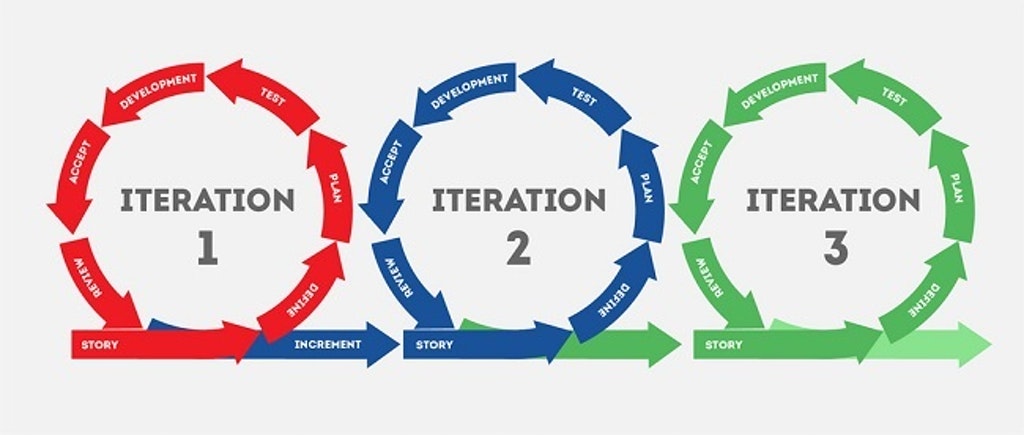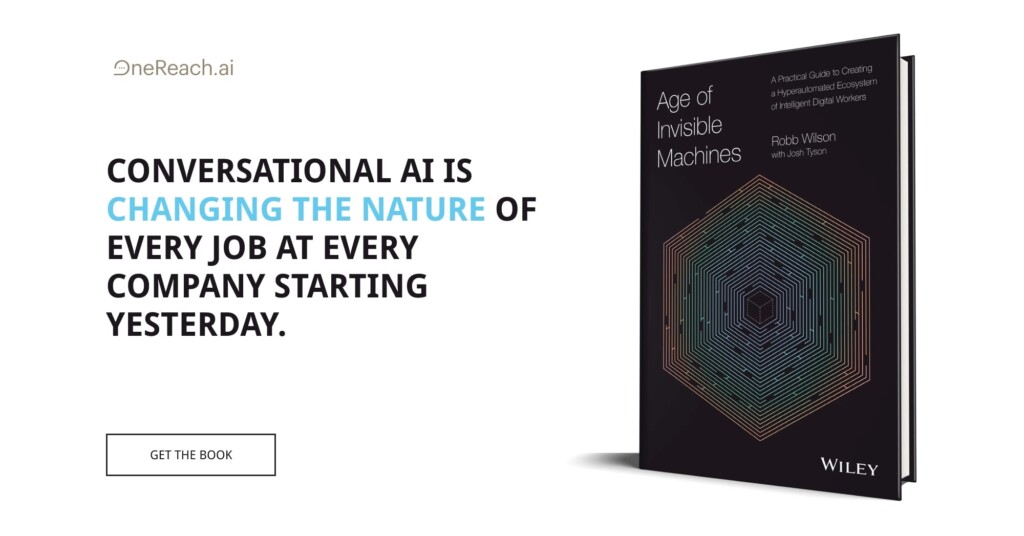What are UX Personas?
On the off chance, that you need your memory jogged on what UX personas are, here’s a quick reminder.
User personas are a fictional representation of real data that represents the commonalities among certain groups of users. Generally, the tangible version of a UX persona is a 1 to 3-page document that outlines patterns, skills, goals, and other traits of a certain user group.
Did you notice how we formatted “real” as bold in the previous paragraph? That was certainly intentional. One of the fundamental mistakes we see time and again is creating a persona-based purely on assumptions. Personas should reflect actual data. More on that later.

Start with what: UX Persona cargo cult
Here’s why you would bother with creating a user persona:
- Empathetic design. With the help of UX personas, you can document user research findings and enable the people involved in product development to practice empathy through product decisions.
- Decision making. Guiding your product decisions depending on your users’ traits.
- Documenting research findings. A user persona document should be the hub that’s frequently consulted and updated. That’s one of the places you go to when in doubt.
As the famous quote goes, people ignore products that ignore people. The UX personas, as an essential tool to empathize and study users, is exactly what helps you to do the opposite of ignoring people.
Let’s circle back to the mistakes we see people do. What we see happen often, is a bit of a product management cargo cult. Everybody does personas and most, if not all, product people agree they are useful. Then let’s create a UX persona as well! Such a thought process might lead to positive outcomes, of course. However, this line of thinking jumps to “what” without considering “the why”. Informing your user research with goals, such as those that we outlined above, will help you create a valuable product artifact, rather than merely checking a box in your to-do list. Not seeing the goal at the end of the road results in generic unactionable personas that gather dust on your Google Drive.

Assumptions-based approaches
Well, let’s say you’re building an app for social media management. You would probably then think that marketers and influencers would be good places to start with creating personas. That sounds alright.
What doesn’t sound alright, however, is then assuming the motivations, goals, and other traits. Educated guesses are fine, of course, but you are not your user. Shallow research, or lack of thereof, leads to shallow understanding, and lukewarm, mediocre products as a result.
That said, you should make sure that the personas reflect actual people. How do you do that? – Research. Generally, you would do the bulk of research in the earlier stages of the product design process. The findings will be used for a number of things: feature prioritization, customer journey maps, studying competitors, creating UX personas, etc. The latter is useful since it crystalizes your knowledge of who you’re creating the product for.
In more concrete terms, your research activities may include:
- Qualitative methods (great for products pending launch);
- User interviews;
- Usability testing;
- Card sorting;
- Quantitative research (generally used for launched products);
- Surveys;
- A/b testings;
- Usage data such as conversions, user retention, adoption rates, etc.
This list is by no means exhaustive, but we find ourselves using these methods most often.
Getting it perfect on the first attempt
As mentioned earlier, UX personas should be updated regularly. The first draft will be messy. That’s the point of iterative approaches. You build new findings on top of the old ones. However, more often than not, we see people create superfluous personas just once and think they’re done. We’ve seen people include hobbies, siblings, education details, and other information that’s quite frankly useless.

Don’t get us wrong, for some products information like background and education might inform decisions on, say, UX copywriting. Nonetheless, in our experience, you need to dig deeper into the real motivations, goals, and habits. These are the things that deliver real value.
Creating a useful persona
Now that we’ve gone through some common mistakes people do, let’s explore the path to a useful UX persona. Personally, we use a similar approach regardless of whether the product is launched or not. Here’s a brief outline of what we do.
- First, we conduct a workshop with stakeholders (sales, marketing, product management, etc.) to talk about different user types. It’s important to get up to speed with the current user intelligence. You don’t always need to start from scratch;
- It’s important to invite a wide range of experts and team members to gather better insights;
- It’s also crucial to share all the data and prior research (if available) regarding the personas, so it can support the ideation with helpful data;
- During the said workshop, we would write down information on different user types and seek patterns and commonalities.
- We try to share the ownership of different user types so everyone can contribute their thoughts;
- If there are only a few patterns emerging, or your personas feel generic, you’re likely not going deep enough. Think of what information will be useful and where to get it;
- This step is crucial: try to dissect the main differences in terms of behavior, needs, pain points, and the information users are looking for. In doing so, you’ll avoid talking about persona’s food preferences when working on a banking app;
- Create baselines for your personas – this should summarize all the work done until now and furthermore achieve alignment across the team and with stakeholders.
- Validate and enhance those baselines with doing research and interviews;
- Document the results. You can either go with a fancy design or a simple spreadsheet. Both options serve their purpose just fine.
- Don’t forget to present the findings and final personas to the whole team, to avoid any misunderstandings (in case of changes) but also to highlight the value of research to skeptical stakeholders (that’s why we don’t use the baselines as the final personas).
Outro
The last thing this article should do is discourage you from creating a UX persona. Trust us, it’s totally worth the effort. Keeping in mind some of the mistakes you’ve mentioned, should lead you a long way to creating useful product management & UX Design artifact.









